Ottoman Navy
Pre-Ottoman
The first Turkish naval fleet in Anatolia, which consisted of 33 sail ships and 17 oar ships, was formed at the port of Smyrna (İzmir) by Chaka Bey in 1081, following his conquest of Smyrna, Vourla (Urla), Kysos (Çeşme), Phocaea (Foça) and Teos (Sığacık) on the Aegean coast of Anatolia in that same year. Chaka Bey's fleet raided Lesbos (Midilli) in 1089 and Chios (Sakız) in 1090, before defeating a Byzantine fleet near the Oinousses Islands (Koyun Adaları) off Chios on 19 May 1090, which marked the first major naval victory of the Sultanate of Rûm in a naval battle. In 1091 Chaka Bey's fleet raided the islands of Samos and Rhodes in the Aegean Sea, but was then defeated and driven out by the Byzantine admirals Constantine Dalassenos and John Doukas. In 1095 Chaka Bey's fleet raided the strategic port city and Gulf of Adramyttium (Edremit) on the Aegean coast of Anatolia and the city of Abydos on the Dardanelles Strait.
Seljuq sultan of Rûm Alaeddin Keykubad I conquered Alaiye (Alanya) and formed a naval arsenal there. Alanya became the homeport of the Seljuk fleet in the Mediterranean Sea. Keykubad I later formed a fleet in the Black Sea based in Sinope (Sinop), which, under the command of Amir Chupan, conquered parts of the Crimean peninsula and Sugdak on the Sea of Azov (1220–1237).


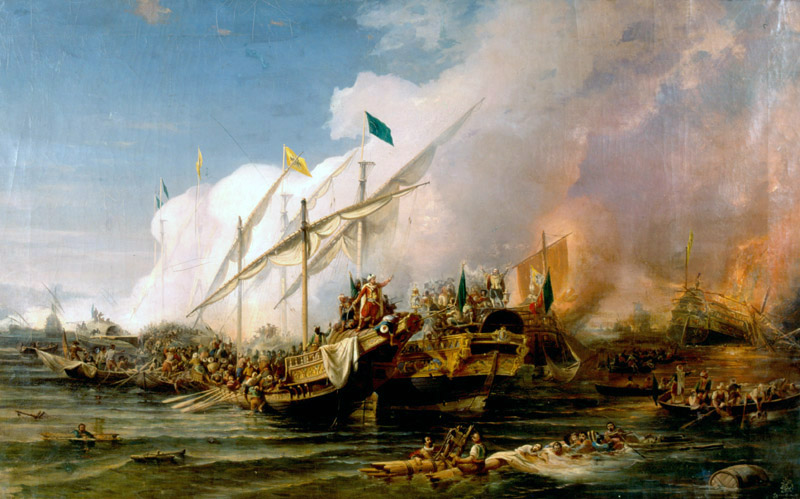
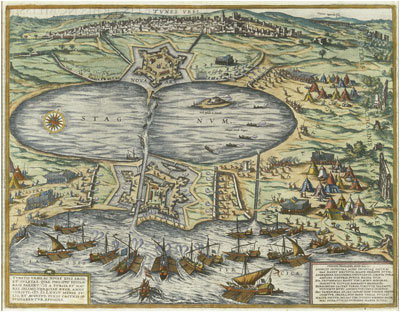

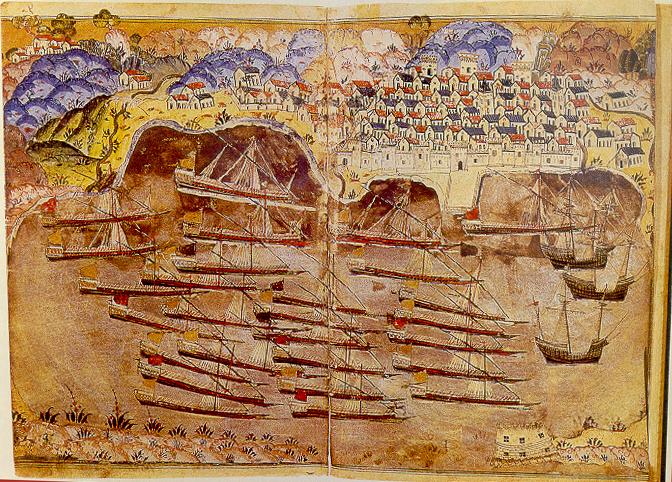
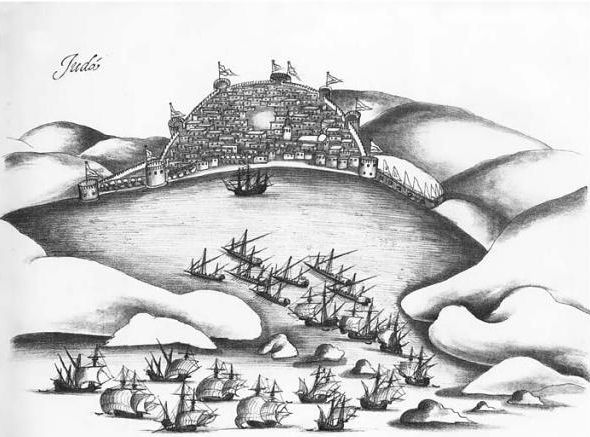
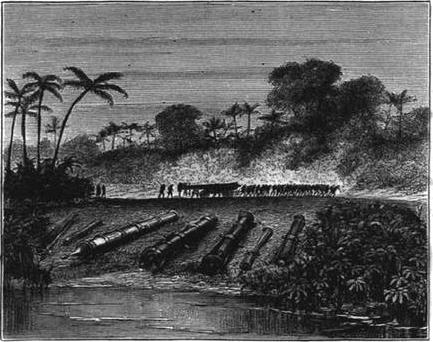
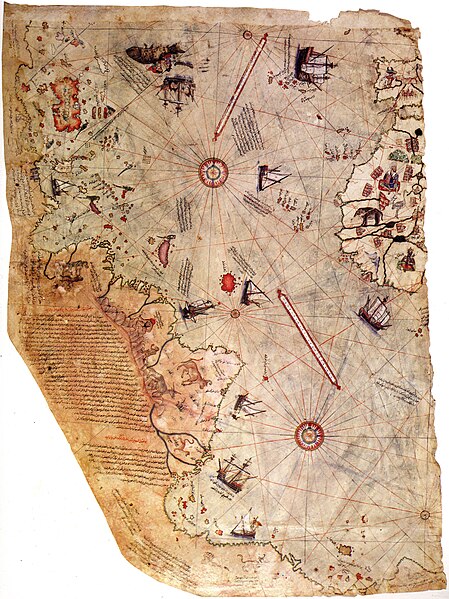



تعليق